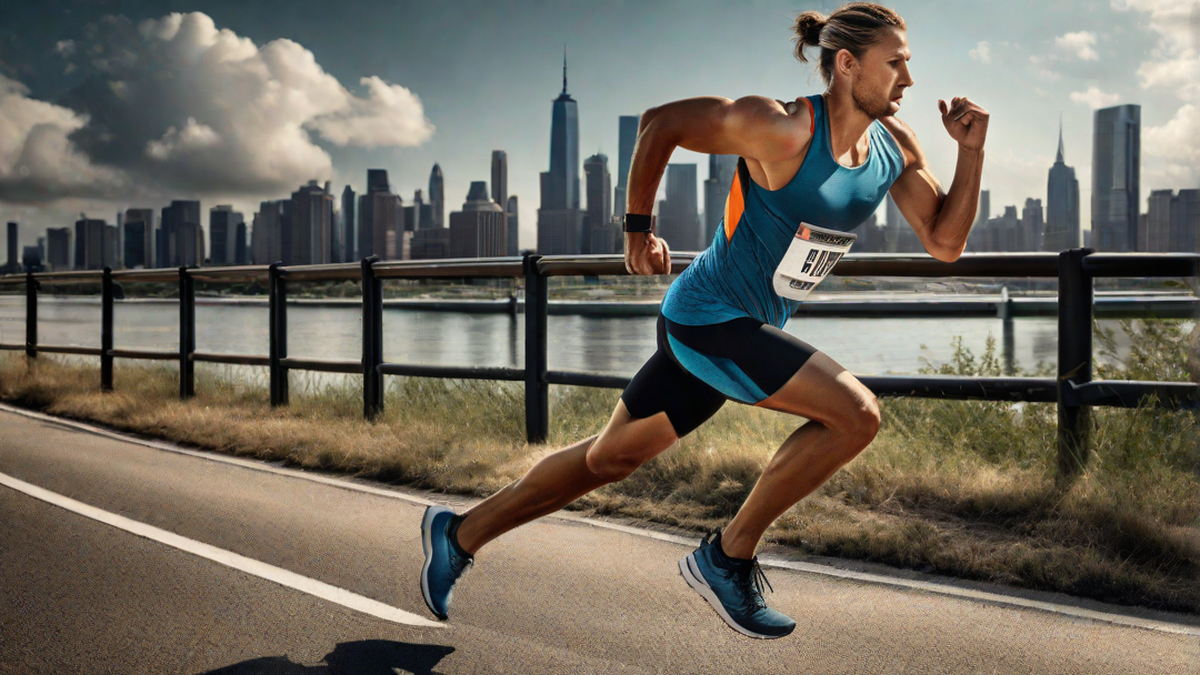After a vigorous run, it’s common to experience muscle soreness, but it can be puzzling when unexpected muscles ache, such as the trapezius muscles, commonly known as the traps. I’ve pondered this myself, and here’s what I’ve found through research and personal experience.
Understanding the Traps
The trapezius muscles are a large, triangular muscle group located in the upper back and neck, extending from the base of the skull to the middle of the back and across to the shoulder blades. These muscles are heavily involved in supporting the neck and shoulders, as well as in upper body movements such as shrugging, pulling, and maintaining posture.
Running and Traps
While running primarily engages lower body muscles, it also requires significant upper body stability and posture control. Engaging the arms and shoulders to maintain proper running form can inadvertently strain the trapezius muscles, especially when running uphill, against strong winds, or during fatigue when form starts to deteriorate.
Contributing Factors
Factors such as arm swing, shoulder tension, and posture can influence the level of trap involvement during running. Excessive tension in the shoulders, improper arm movement, or leaning too far forward or backward can all lead to increased trap activation and subsequent soreness.
Prevention and Relief
To help alleviate or prevent traps soreness, it’s essential to focus on maintaining good posture and proper upper body form during runs. This includes keeping the shoulders relaxed, maintaining a slight forward lean from the ankles, and allowing the arms to swing naturally rather than crossing the body excessively. Additionally, incorporating regular upper body exercises and stretches can help build strength and flexibility in the shoulder and neck muscles, reducing the likelihood of soreness after running.
My Experience
Personally, I’ve noticed that paying attention to my upper body form and consciously relaxing my shoulders during runs has significantly decreased the post-run trap soreness. Additionally, incorporating exercises like shoulder shrugs, rows, and neck stretches into my routine has made a noticeable difference in reducing overall upper body muscle tension and discomfort.
Conclusion
While it might be surprising to feel trap soreness after running, understanding the connection between running and upper body muscles can provide insight into why this occurs. By being mindful of posture, form, and incorporating targeted exercises, it’s possible to minimize trap soreness and run more comfortably. Embracing a holistic approach to running, which includes caring for both lower and upper body muscles, can lead to a more balanced and enjoyable running experience.

